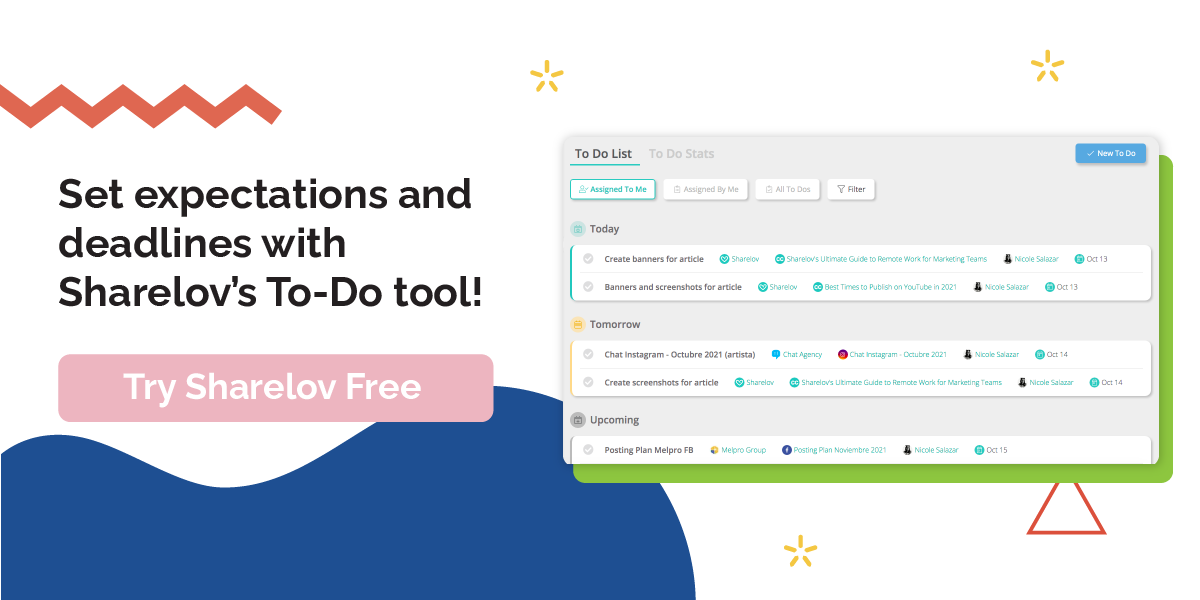In 2021, nearly all employees prefer working remotely at least some of the time.
If your company can provide a successful remote working environment, you can attract better candidates, retain employees longer, and boost your productivity.
Find out how to keep your team productive, engaged, and motivated when working remotely with these four simple secrets to success.
Here’s what you’ll learn:
The Truth About Remote Work Teams: Breaking Stereotypes
Ignore the sensational headlines.
Data proves, over and over, that remote teams in 2021 are a huge success for companies and employees.
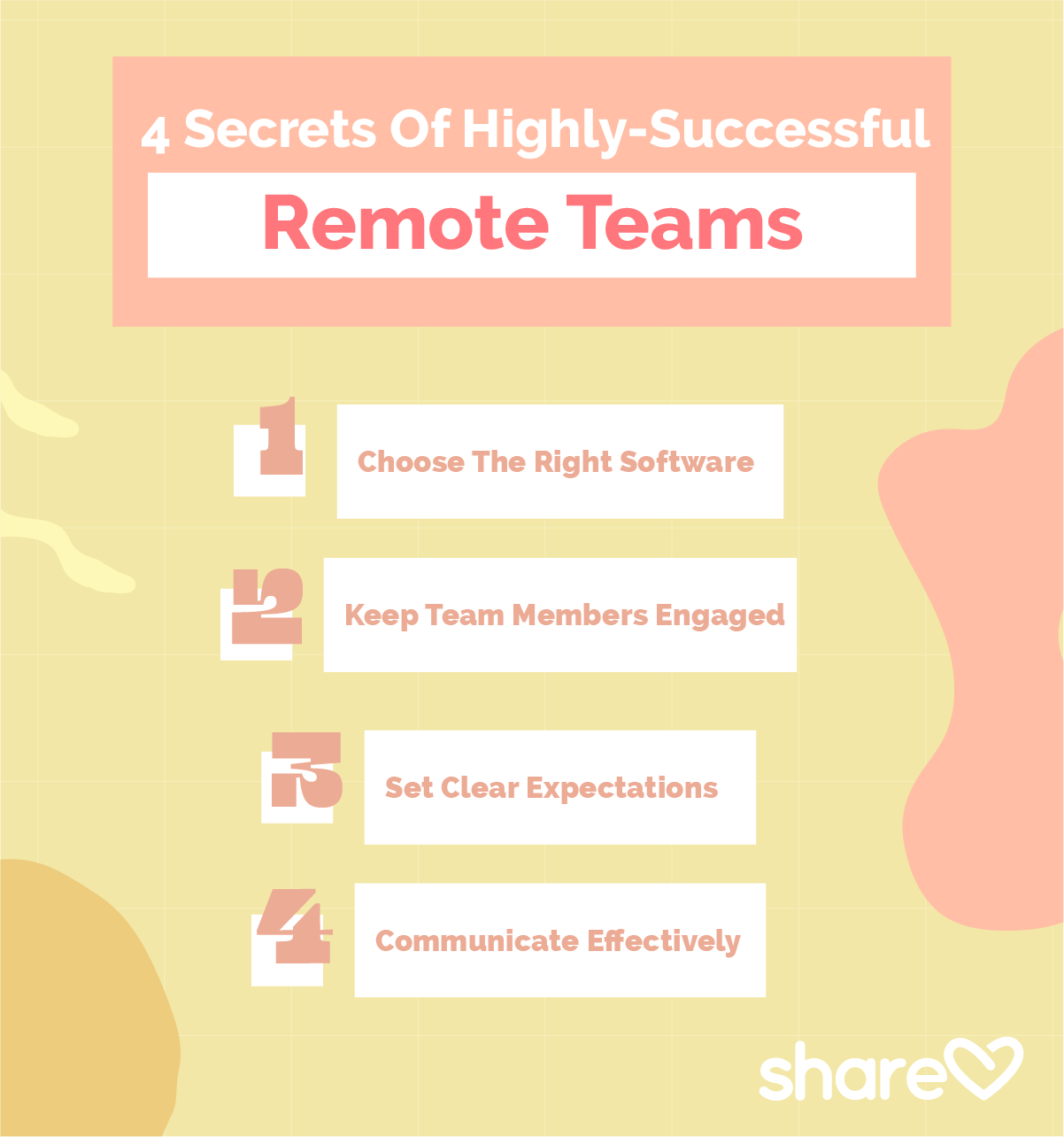
In large part, the success of remote working teams is due to technologies that allow teams to collaborate and feel connected to each other when working online.
- Remote workers (82%) do feel supported and connected and are able to collaborate effectively when they have the right technology.
- In 2021, an overwhelming majority (83%) of employers say the transition to remote work has been successful for their company.
- Remote workers are often more engaged than onsite employees. 81% of remote workers say they are highly engaged, compared to 72% of onsite workers.
- Organizational leaders agree with the 79% of remote/hybrid workers who say that working remotely has little effect on their performance.
Before 2020, only 7% of employees worked remote full-time.
Today, 70% of companies plan to adopt a hybrid work model in which employees work from a combination of home and office.
Nearly three-quarters (74%) of workers say remote work options would make them less likely to leave their company.
With the right collaboration and communication tools, remote work can be a success for any team.
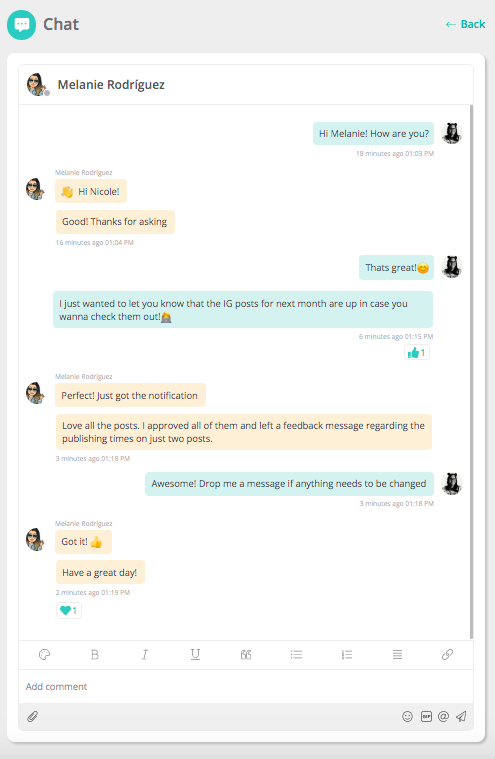
How can team managers develop a healthy, productive working environment for team members who work from different buildings, zip codes, or time zones?
#1: Choose The Right Software
To keep your team members connected to each other and collaborating successfully, you need software designed for remote teams.
Some software is easy to choose.
For example, Zoom is great for video chatting, and Google Docs is an excellent choice for document sharing and management.
Many companies also use industry software to help accomplish specialized tasks such as accounting, data management, coding, or human resources.
For example, many human resource professionals use Bamboo HR software to help with recruiting and employee management.
But what about creative projects, such as marketing and social media?
Pulling together a fully remote creative team packed with writers, designers, social media managers, and website techs is no easy feat.
For starters, you need to foster connection and creativity in an online work environment that’s both user-friendly and encourages interaction between many personality types.
Yet, you also need software that’s robust and sophisticated enough to handle the massive demands of today’s various media types.
This means remote marketing teams need sophisticated (yet simple) software that lets them:
- Collaborate on multiple projects
- Plan and execute multiple campaigns
- Communicate with individual members of each campaign
- Communicate with each other
- Share and develop ideas
- Track multiple workflows
- Upload many types of media
- Request and secure approvals
- Request and record team and client feedback
- Chat in real-time
- Message anytime
- Add tags to messages and comments
- Access social media analytics that can be shared with team members
- Monitor your own brand and competitors on social media
- Automate social media publishing
- Plan content with visual, drag-and-drop calendars
- Assign and track tasks for team members across multiple campaigns
- Chat with team members in real-time
- Message team members anytime
- Comment on projects and media that are in development
- Loop clients into discussions
Whew. That’s a lot.
Yet, high-functioning collaboration software is critical to your remote team’s success.
Fortunately, the solution is simple: Sharelov.
Sharelov collaboration software allows team members to work together, even from different time zones, in a setting that looks and feels like their favorite social media platform.
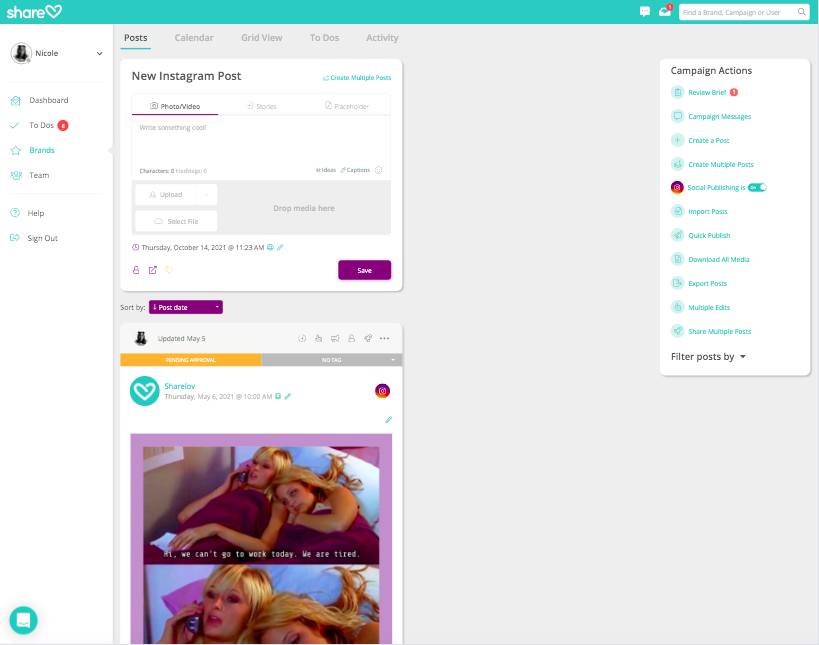
On Sharelov, team members collaborate by sharing, commenting, tapping reaction buttons, browsing company update feeds, chatting, and messaging — just like they do on social media.
Additionally, Sharelov subscribers enjoy dozens of social media marketing tools, including analytics, monitoring, and automated publishing.
Tools are critical to the success of remote teams.
Fortunately, 2020 pushed the production, development, and testing of remote working tools to the forefront.
As a result, tools that help remote teams work together have been refined and perfected so that you have plenty of user-friendly options and pre-tested systems at your fingertips.
#2: Keep Team Members Engaged
Even the most independent work-from-home employees crave a personal connection to their company.
Without that connection, their time at your company is easily forgotten, and they’re much more likely to abandon their position for higher pay or better benefits, or for any reason at all.
Engaged employees are more likely to:
- Look forward to starting work each day
- Feel good about contributing to the company’s success
- Maintain a positive attitude (that spreads to other employees)
- Share their ideas and feedback with other team members
- Stay with their company long-term
One of the ways you can cultivate team engagement with remote workers is to have a bit of fun with team-building games and events.
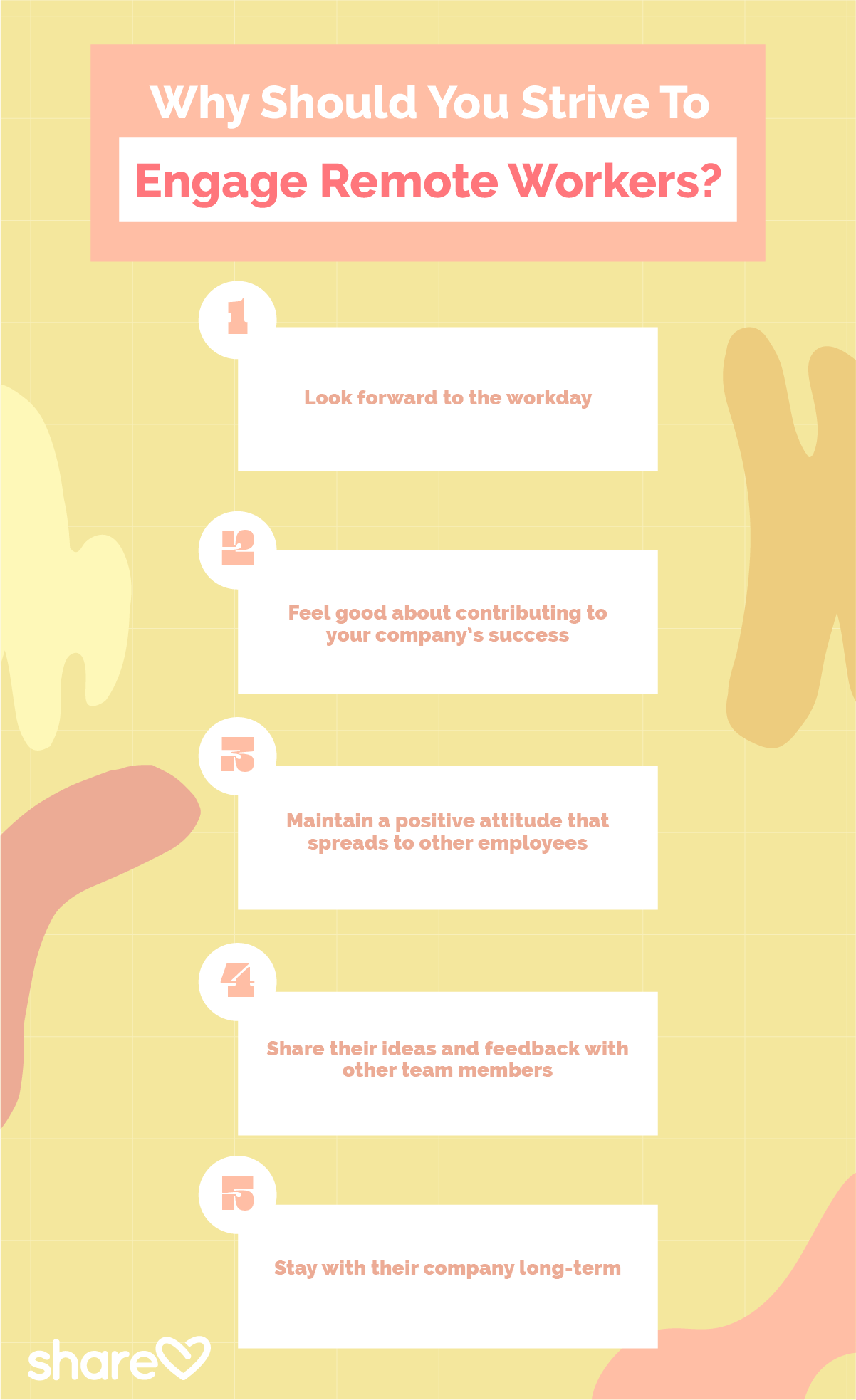
Games and events can improve your team’s morale and sense of belonging when working remotely.
For example, Hubspot recommends:
- Remote “MTV” Cribs: team members spend time showing off their remote workspaces. You can even have team members vote on their favorites! For ideas, check out MTV’s “Cribs.”
- Remote Happy Hour: Team members enjoy a relaxed atmosphere with a drink of their choice. Non-alcoholic beverages are included, but planning a themed event such as a wine tasting can work well, too.
Align Design Group Tulsa says “It’s the little things that help keep you sane… Like a team beer at the end of the week, remote style.”
Online escape games, similar to in-person escape rooms, are another way to provide remote teams with bonding time from the comfort of their homes.
For example, The Escape Game offers “remote adventures” that include virtual escape room experiences such as Gold Rush, The Heist, and The Depths.
Escape games provide tons of fun, but also require participants to engage their minds and collaborate as a team.
“Very fun way to get a team building in with remote workers. No matter where we are, we can do an hour of fun!” – Rick Howell, Google review of The Escape Game Remote Adventures (Virtual Escape Room).

To keep its remote employees updated on the latest company news, the team at HelpScout throws a Monday Morning Video Party — a prerecorded video update filled with info on new releases, birthdays, and other company-wide news.
Employees can watch the video at any time, so if they’re in different time zones, they don’t have to scramble to log on at the same time.
Leah Knobler, who works in People Ops at HelpScout, interjects plenty of fun into her business updates, which keeps them entertaining and really fun to watch.
According to a 2021 report by Quantum Workforce, employers should keep remote teams engaged and connected through social hours, video chats, and virtual team-building activities because
“The #1 the number one drawback (remote) employees
complained of was loneliness.”
Quantum also recommends assigning mentors to new hires so they have someone to rely on for questions and direction during their first year with the company.
Other companies, such as Dr. Rossi’s Writing And Marketing, use creative activities to engage and creating lasting bonds with employees.
Remote employee Morissa Schwartz says that “Remote teams can still have a lot of fun and bond!” Her team “had a great art session and got our creativity flowing” with the help of an art instructor.
Anchor Jay Karmani of India fills team members’ calendars with fun and informative remote-based events, such as virtual team games, a virtual betting league, virtual holiday celebrations, and virtual corporate events.
Understanding your company culture and getting to know your remote team can help you plan virtual events and activities that keep them engaged and connected.
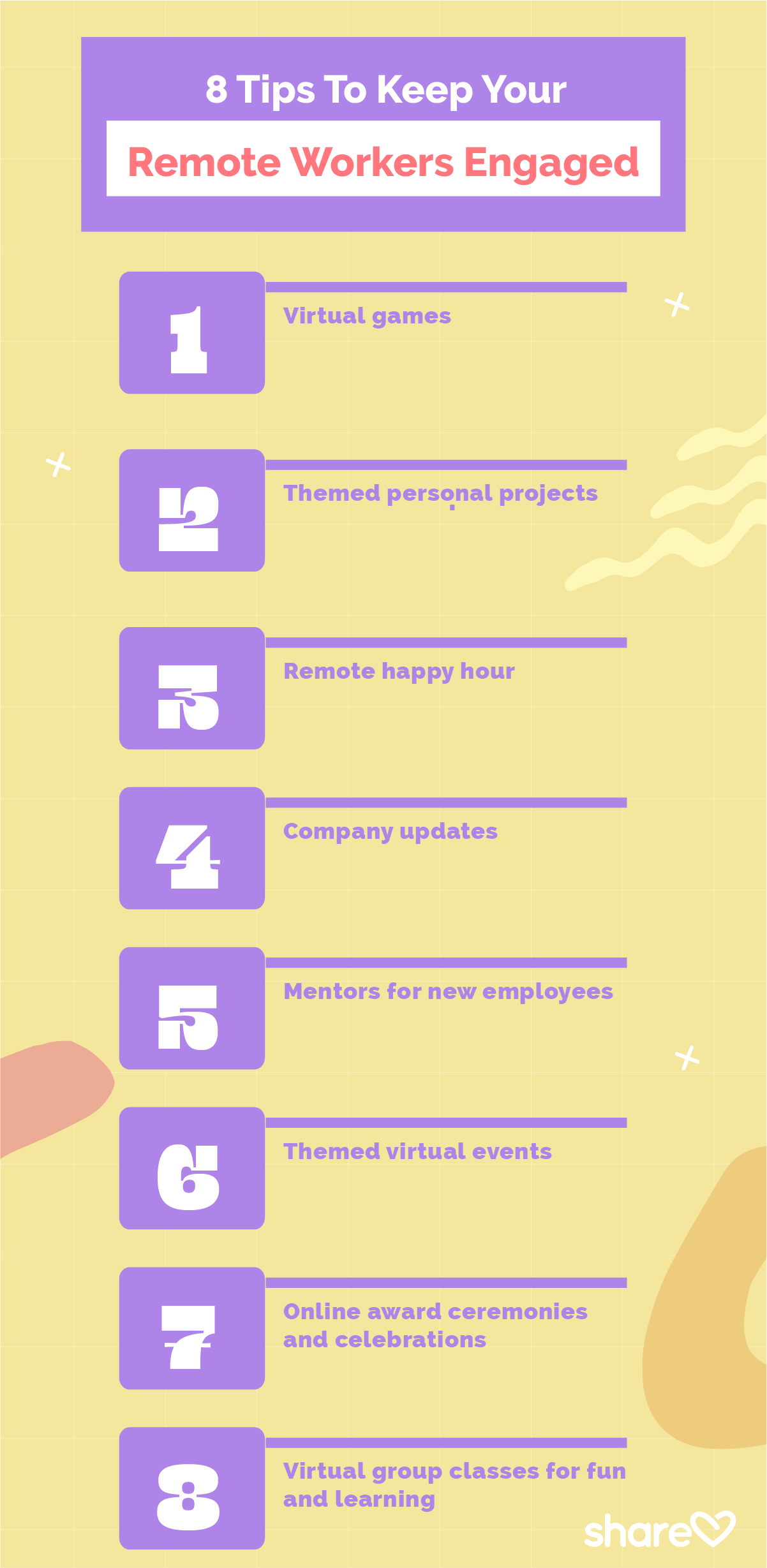
Even when working from different zip codes or time zones, remote teams can develop friendly and fun working relationships that improve morale and productivity.
#3: Set Clear Expectations
When team managers set clear expectations, two things happen:
- Their team becomes more productive.
- Their team members feel a greater sense of accomplishment.
On-site workers often communicate expectations with their peers and supervisors several times throughout the day.
When working with remote teams, however, it takes a conscious effort to set clear expectations for team members.
Setting deadlines and assigning “To Do” lists are one way to clarify expectations.

Team members appreciate understanding what’s expected of them, and most enjoy having clear goals that help structure their work weeks.
As a manager, setting goals, deadlines, and expectations for team members helps ensure that critical projects and tasks don’t get overlooked or slip through the gaps.
Setting clear expectations on your remote team does not make them feel micromanaged. Instead, goals provide a sense of structure and feeling of productivity people need to feel that their contributions matter.
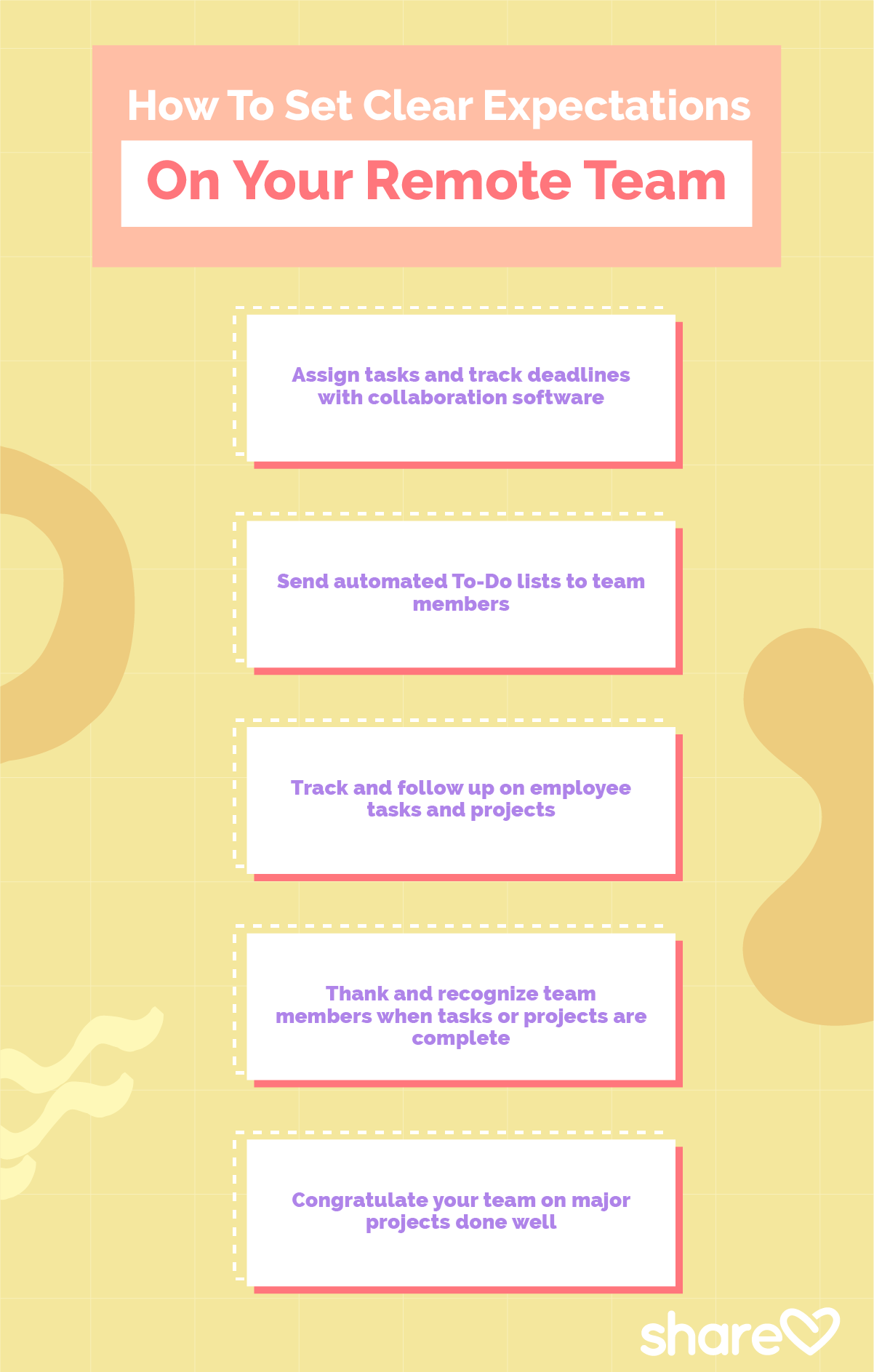
To set clear expectations for your remote team, consider the following
- Assign tasks and track deadlines with collaboration software
- Send automated To-Do lists to team members
- Track and follow up on employee tasks and projects
- Thank and recognize team members when tasks or projects are complete
- Congratulate your team on major projects done well
Successful remote teams begin with tools that help people communicate and work together from any location.
#4: Communicate Effectively
When face-to-face time is limited or non-existent, team communication becomes more critical than ever.
According to a recent remote working report, the following key communication points are significant for any manager hoping to engage and motivate a remote team:
- Recognize employee accomplishments: Make a point to recognize individual team members when they’re doing a great job or have completed a special challenge.
Successful remote teams begin tools that help your team communicate and work together from any location.
#4: Communicate Effectively
When face-to-face time is limited or non-existent, communication becomes more critical than ever.
According to a recent remote working report, the following key communication points are significant for any manager hoping to engage and motivate a remote team:
- Recognize employee accomplishments: Make a point to recognize individual team members when they’re doing a great job or have completed a special challenge.
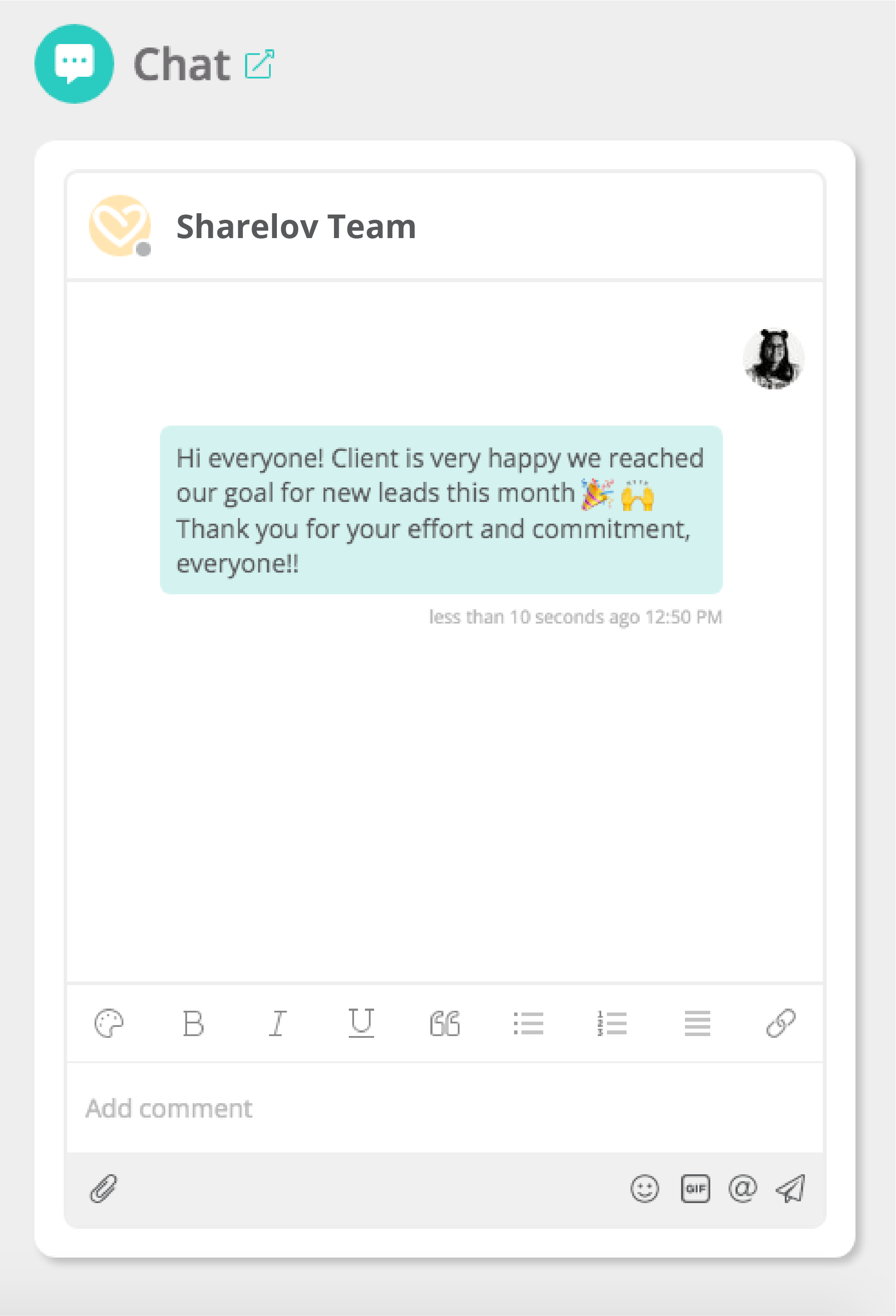
- Check in to see how your team members are doing: Show that you care by asking about employees’ families, hobbies, and interests. Check in with them on occasion to ensure that their stress levels aren’t overwhelming and that they’re not headed for burnout.
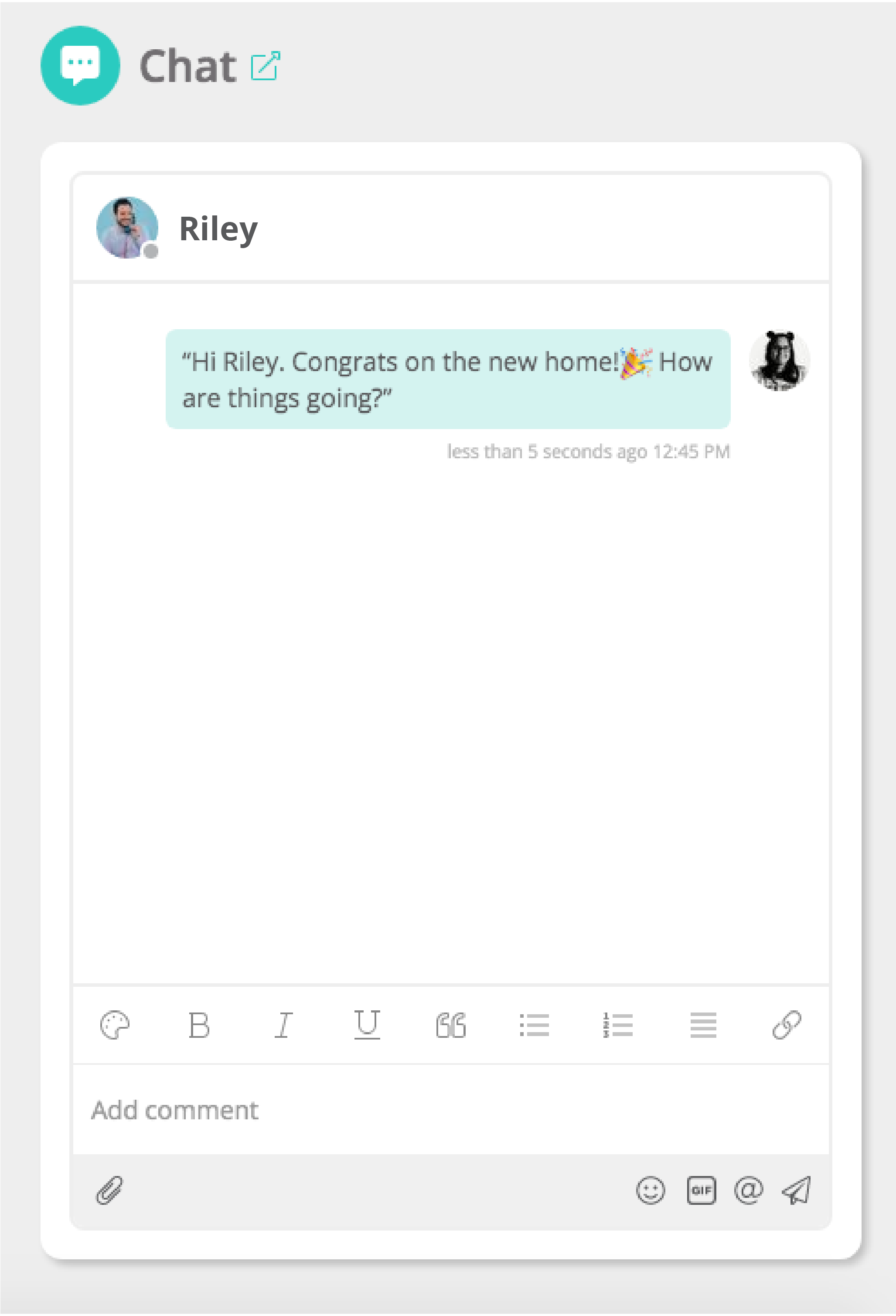
- Ask for feedback: Make your remote team members feel valued by asking for their feedback and listening carefully to what they have to say.
Sharelov makes it easy to ask for and receive feedback from your team.
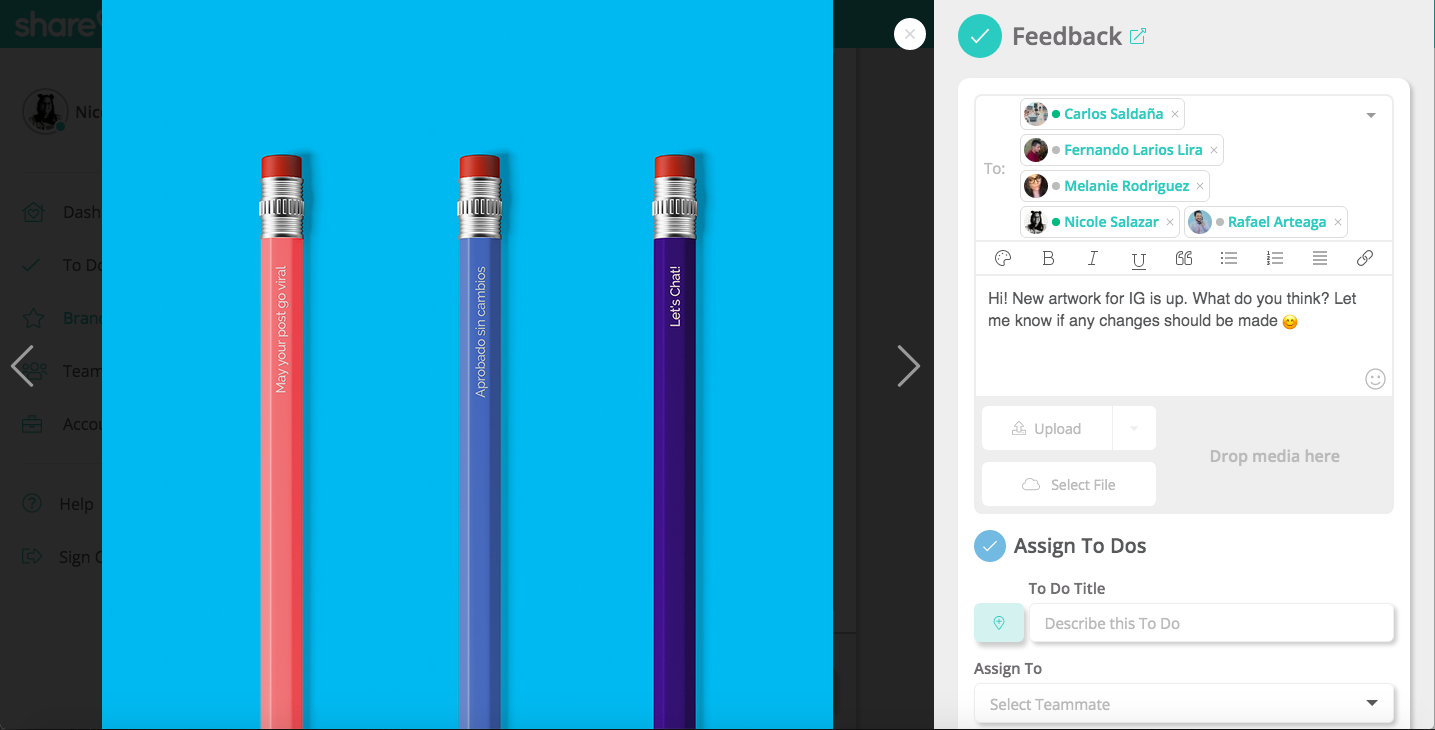
- Share constructive feedback: Let team members know how they can improve, advance, or enhance their skills and performance. Adding incentives such as paid training and opportunities to advance or take on more responsibility is also an excellent way to motivate your team.
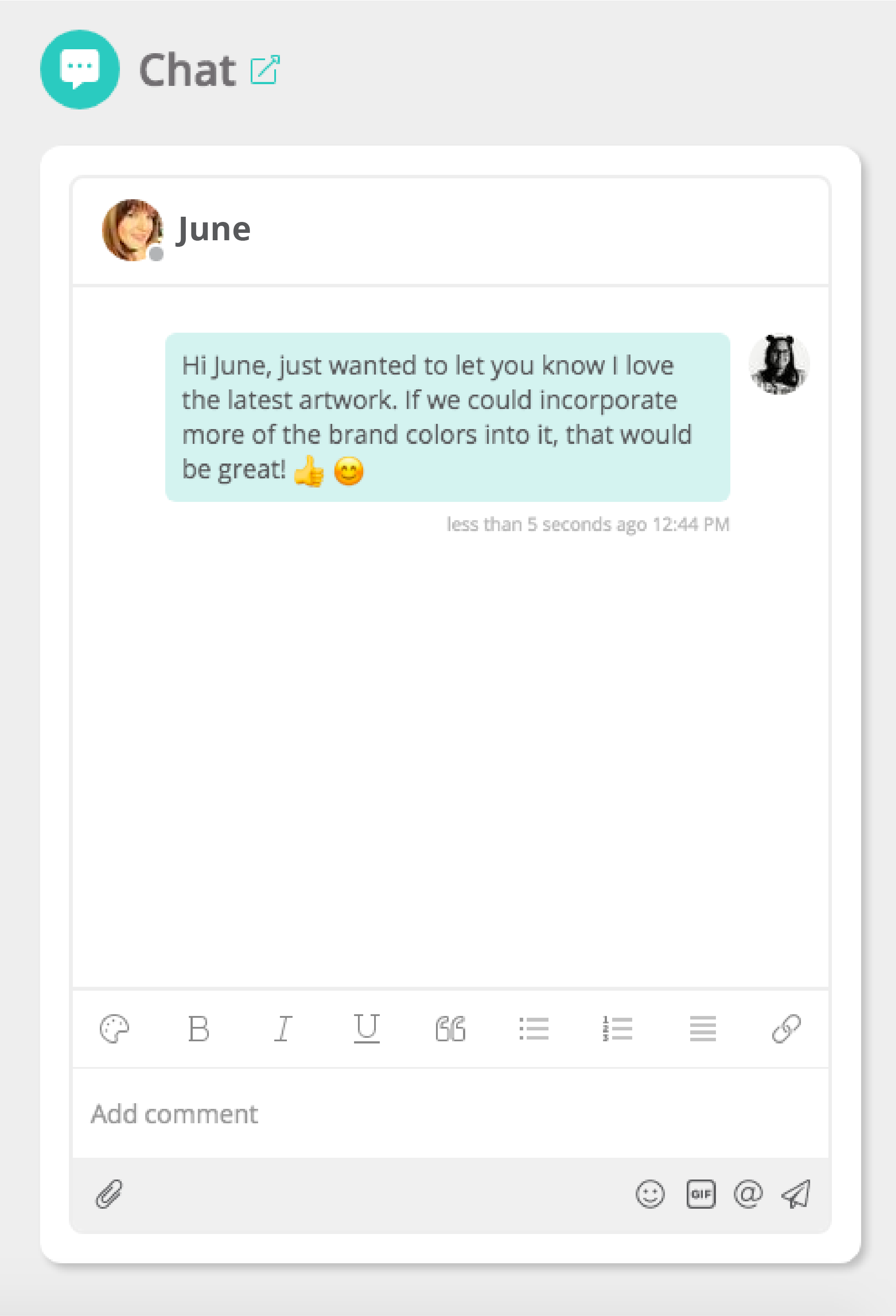
- Keep your team updated on company news: Company updates help employees understand why they do what they do, and also help them do a better job.
Consider creating a weekly company update video or posting to your company page on LinkedIn or Sharelov to keep employees in the loop. Find ways to keep your team members updated on recent and new projects and achievements.
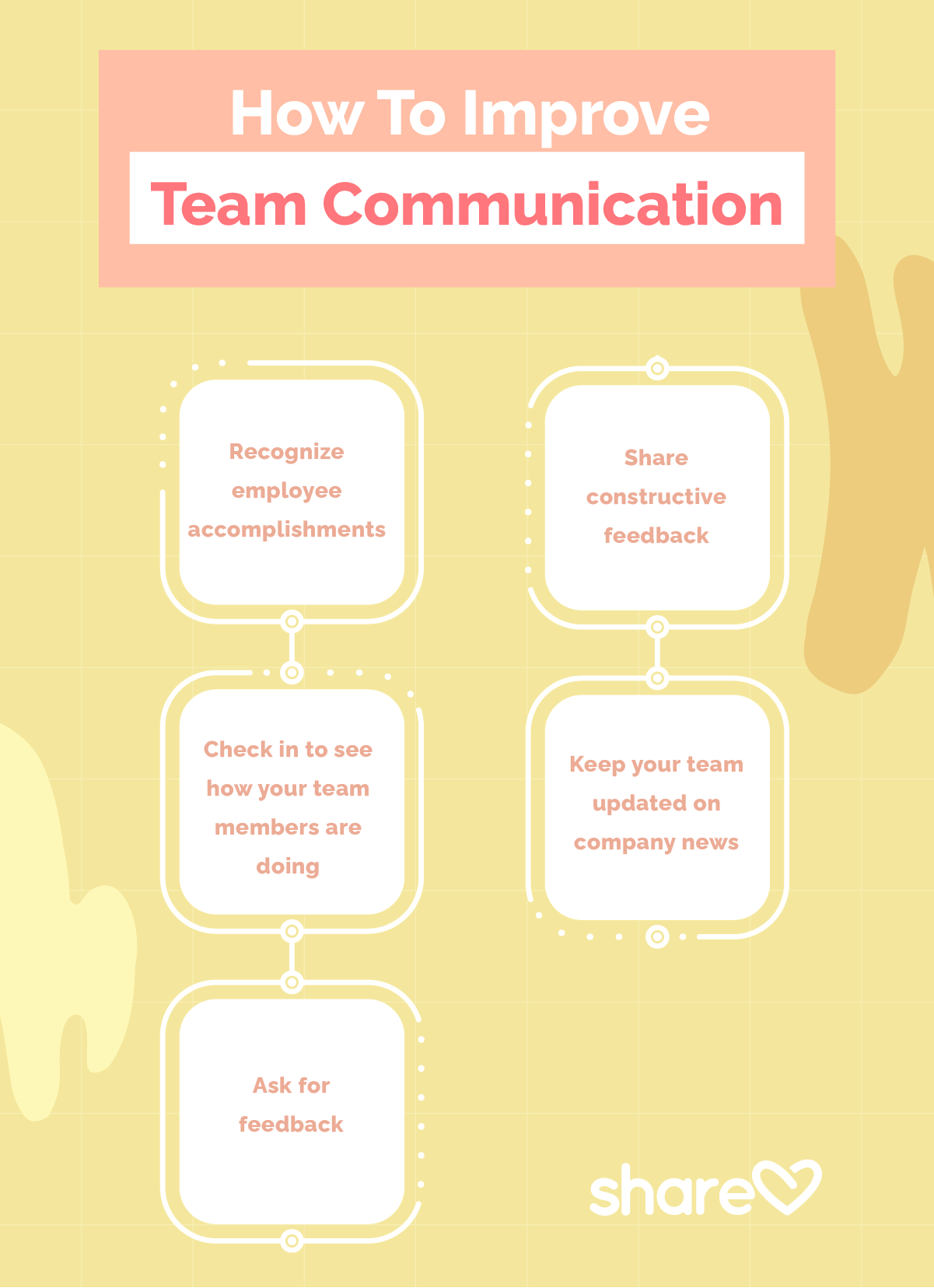
Try to present updates in a way that’s fun to read about or watch, for better participation and attention.
A company “feed” that lists your brand’s latest project accomplishments is another excellent way to communicate with your team.
Sharelov collaboration software keeps your team updated in a way that looks and feels like a social media feed.
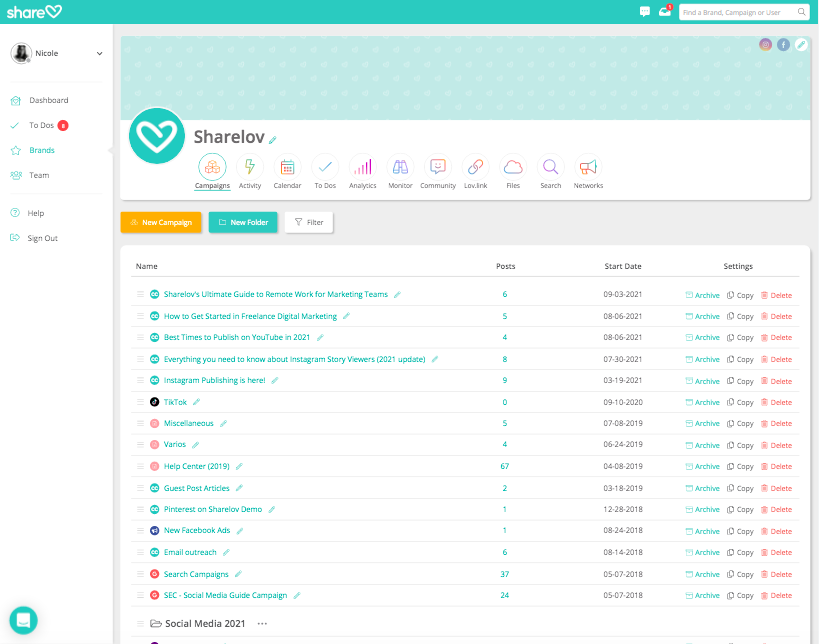
When your team works remotely, strong communication helps keep them motivated and connected to your company, which improves their productivity and helps you retain employees longer!
Remote Work Proves Successful For Nearly Everyone
Companies and employees alike agree that working remotely, even if it’s just a few days a week, boosts productivity and employee satisfaction.
To manage a successful remote team, choose the right software, keep your team members engaged, set clear expectations, and communicate often.
Now it’s your turn.
What remote working advice do you have for other teams? Share your tips in the comments below!

















